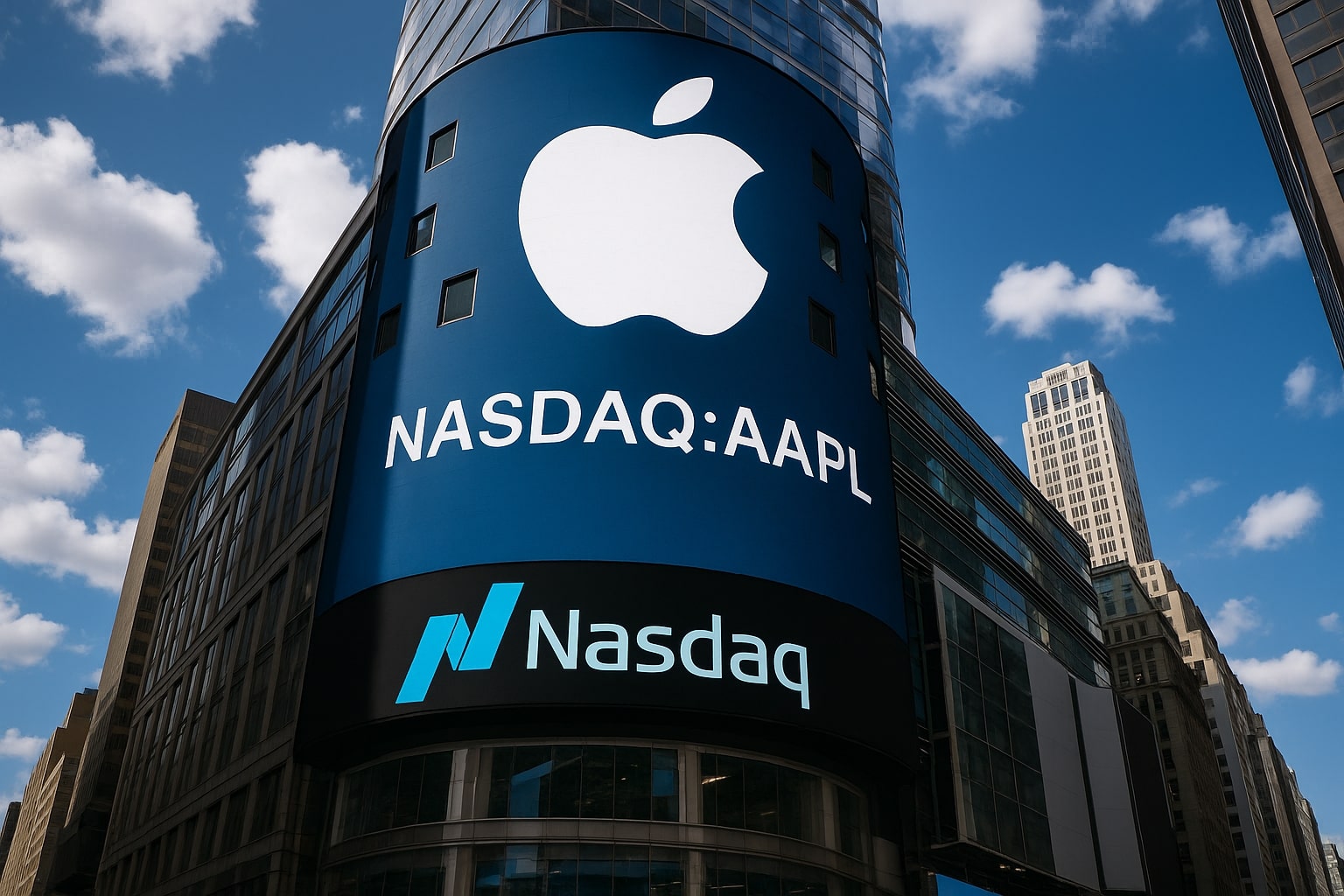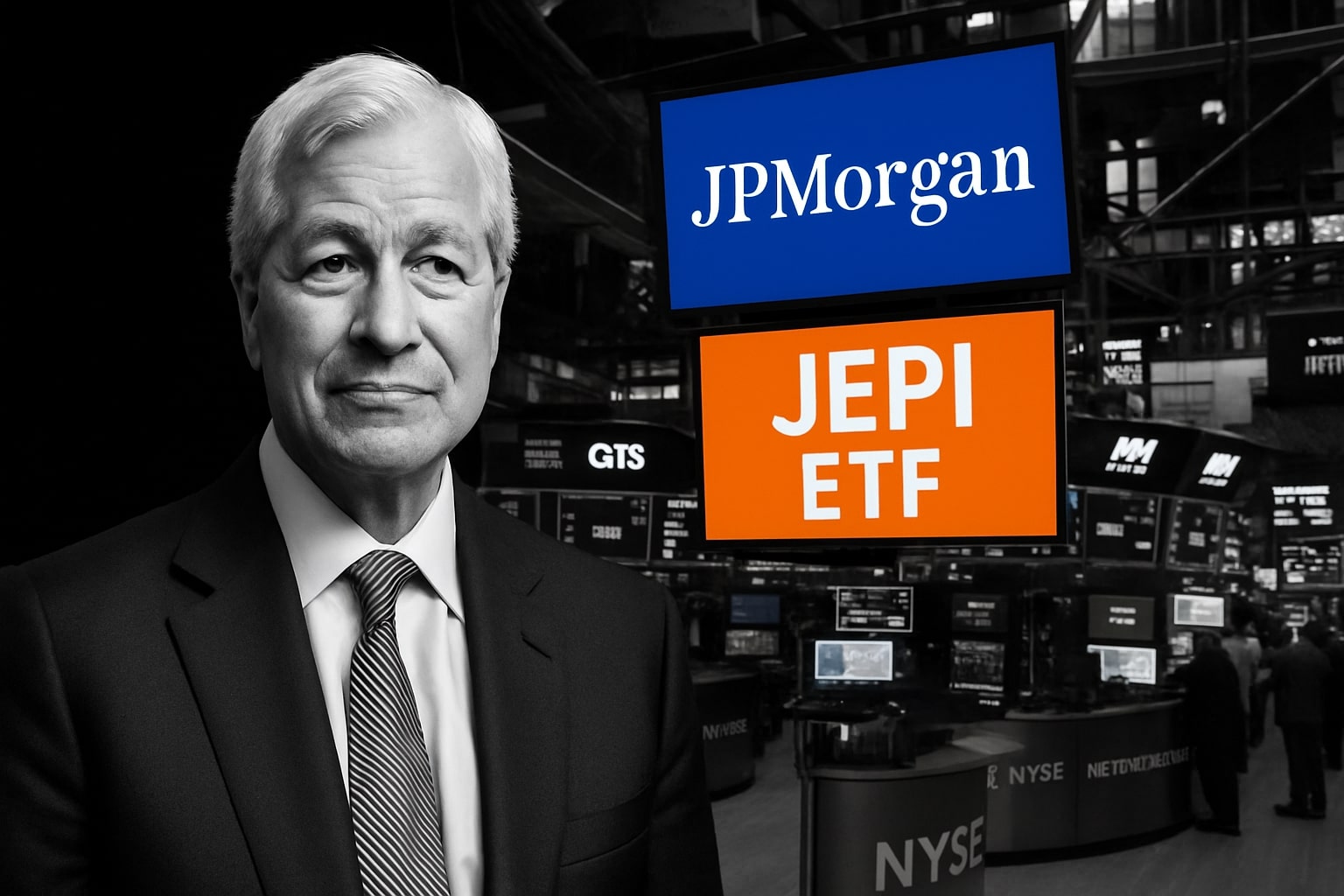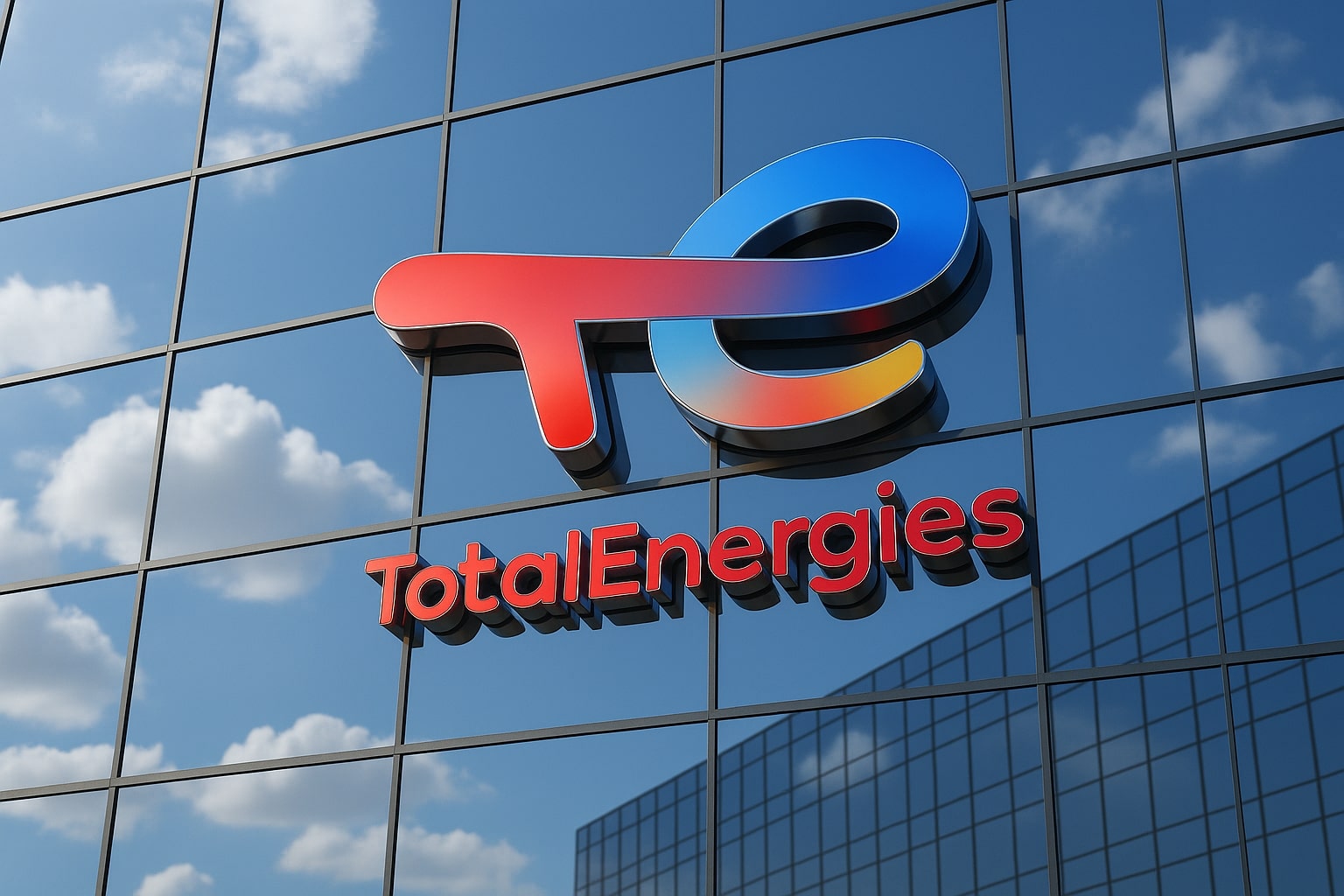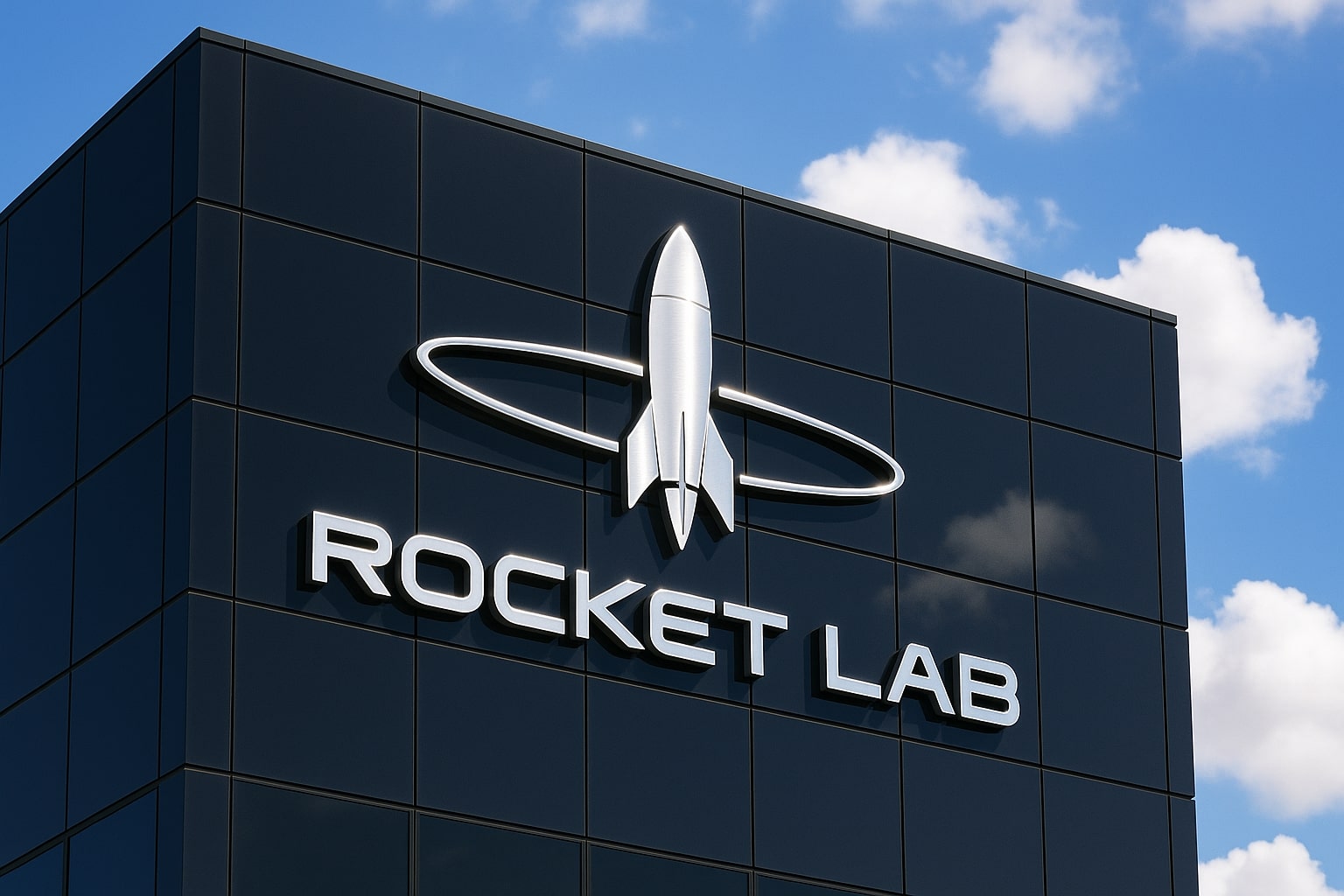NASDAQ:AAPL Surges to $237 After Antitrust Ruling but AI Underinvestment Clouds Long-Term Outlook
Apple Inc. NASDAQ:AAPL gained 3.45% to $237.65 as markets reacted positively to a U.S. court ruling that allowed Alphabet to continue paying Apple nearly $20 billion annually for default search placement. The ruling removed a potential headwind that could have disrupted one of Apple’s most lucrative recurring revenue streams. With a market cap at $3.53 trillion, Apple remains the most valuable publicly traded company, but its lack of aggressive artificial intelligence capital expenditure compared with Microsoft, Alphabet, Meta, and Amazon has investors debating whether its moat is narrowing.
Revenue Strength and Services Expansion Secure Short-Term Momentum
Apple reported Q3 revenue of $94.04 billion, a 10% year-over-year increase, with gross profit reaching $43.72 billion for a margin of 46.5%. Operating income totaled $28.2 billion, reflecting an operating margin near 30%. EPS for the quarter came in at $1.57, up 12% year-over-year, supported by strong iPhone sales and record Services revenue. The Services segment, which includes App Store, iCloud, and subscriptions, delivered $27.42 billion in quarterly revenue, a 13.3% YoY gain, placing it on track to exceed $100 billion annually for the first time. Services now run at a $109.7 billion pace, giving Apple a diversified revenue base with high-margin recurring cash flow. This segment remains critical as hardware cycles face greater volatility and competition.
iPhone Sales, Emerging Market Penetration, and Supply Chain Shifts
The iPhone segment generated $44.6 billion in sales in Q3, a 13% YoY increase, driven by strong demand for the iPhone 16 lineup. Emerging markets such as India, South Asia, the Middle East, and Brazil delivered double-digit growth, offsetting saturation in North America and Europe. Apple’s supply chain diversification away from China toward Vietnam and India has shielded the company from tariff shocks, with exemptions secured after promising $600 billion in U.S. domestic investments over four years. The anticipated iPhone Fold, now with increased shipment forecasts, highlights Apple’s push into foldable devices, though critics argue this emphasis comes at the expense of AI innovation.
AI Investment Gap Raises Strategic Concerns for NASDAQ:AAPL
While peers such as Microsoft and Alphabet each spent over $17 billion in CapEx in Q2 alone, Apple’s annual allocation of $14.5 billion leaves it significantly underinvested in AI infrastructure. Alphabet spent $22.45 billion in CapEx in a single quarter, Meta allocated $16.54 billion, and Amazon continues to expand aggressively. By contrast, Apple’s Q2 CapEx stood at only $3.5 billion. This gap threatens Apple’s competitiveness in generative AI, particularly as Siri lags rivals like Google Assistant and Amazon Alexa. The next major Siri upgrade is not expected until 2026, raising doubts about Apple’s ability to retain developer interest and consumer loyalty if competitors deliver more capable AI assistants. Apple’s privacy-first approach favors on-device AI processing, but this limits the scale of training and the richness of outputs compared with cloud-trained large language models.



















